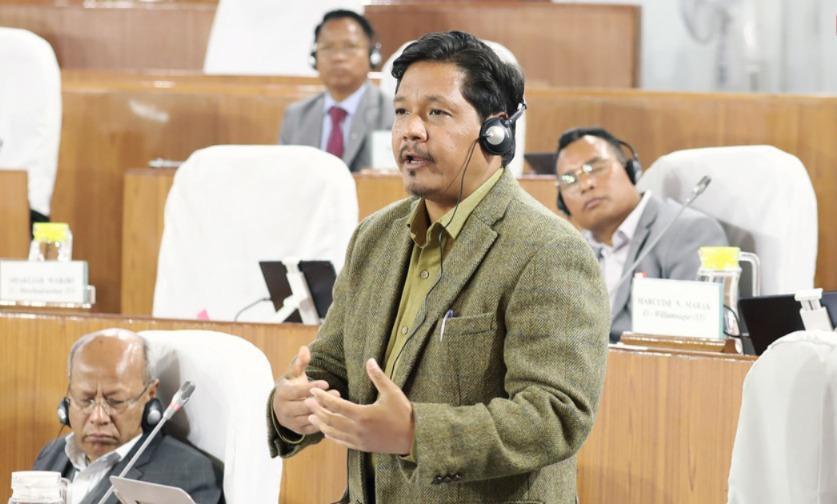
Meghalaya Cuts Maternal Mortality Rate by 40%
In a significant achievement, the state of Meghalaya has managed to reduce its maternal mortality rate (MMR) by a whopping 40%. This impressive feat has brought the state’s MMR in line with the national average. The news was shared by Chief Minister Conrad K Sangma during his address to the Assembly, where he highlighted the various policy interventions that have contributed to this remarkable reduction.
According to the latest data, Meghalaya’s MMR has decreased from 123 deaths per 100,000 live births in 2018 to 74 deaths per 100,000 live births in 2022. This significant reduction is a testament to the state government’s commitment to improving maternal healthcare and reducing neonatal mortality rates.
Sangma attributed the success to a range of policy interventions implemented since 2018. These initiatives included strengthening healthcare infrastructure, increasing the number of trained healthcare professionals, and enhancing access to emergency obstetric care. The Chief Minister also emphasized the importance of community-based initiatives, such as promoting institutional deliveries and providing free health services to pregnant women.
One of the key measures taken by the government was to increase the number of auxiliary nurse midwives (ANMs) and multipurpose health workers (MPHWs). These frontline healthcare workers played a crucial role in identifying high-risk pregnancies and providing timely interventions to prevent complications. The government also increased the density of healthcare facilities, ensuring that every village had access to a primary health center.
Another significant factor contributing to the reduction in MMR was the implementation of the Maternity Benefit Act, 2017. This legislation ensured that all pregnant women, including those employed in the private sector, were entitled to maternity leave benefits. The Act also provided for creche facilities and other benefits to support working mothers.
Under the Maternity Benefit Act, 2017, all government employees are entitled to 26 weeks of maternity leave, while private employees are entitled to 12 weeks of leave. The Act also provides for paid leave for fathers and adoptive parents, promoting a more inclusive approach to family planning.
In addition to the Maternity Benefit Act, the state government has also introduced several schemes to support pregnant women and new mothers. The government’s flagship program, “Meghalaya Mother and Child Health Project,” aims to improve maternal and child health outcomes by providing comprehensive healthcare services, including ante-natal and post-natal care.
The project has been instrumental in reducing infant mortality rates and improving maternal healthcare outcomes. The program has also focused on creating awareness about the importance of institutional deliveries, immunization, and pre-natal care.
The reduction in MMR in Meghalaya is a significant achievement, considering the state’s unique demographic and geographic challenges. The state’s rugged terrain and scattered population pose significant challenges to healthcare delivery, making it essential to develop innovative solutions to reach remote and marginalized communities.
The success in reducing MMR in Meghalaya serves as a model for other states to replicate. The state’s experience highlights the importance of policy interventions, community-based initiatives, and infrastructure development in improving maternal healthcare outcomes.
As the world marks the International Day of Maternal Health and Rights, the success in Meghalaya serves as a reminder of the critical importance of investing in maternal healthcare. The state’s achievement is a testament to the power of policy interventions and community-based initiatives in improving healthcare outcomes.






